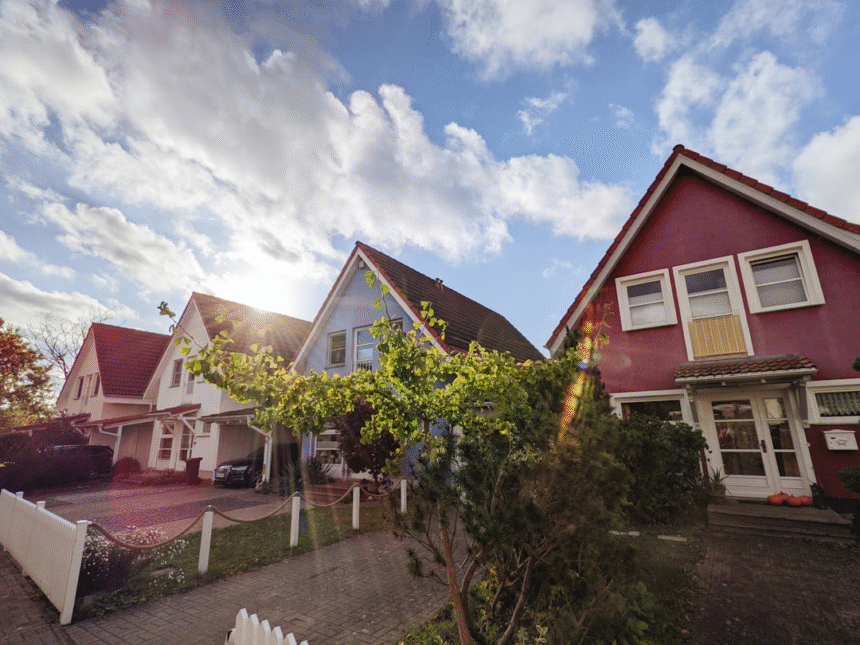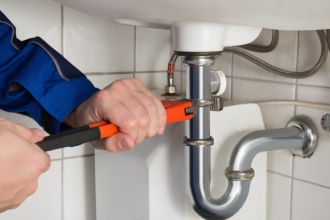When examining the health and value of a house, many buyers and homeowners overlook one of the most telling indicators of long-term condition: the roof. More than just a shield from the elements, a roof is a structural and visual component that reflects how the rest of the property has been maintained. From subtle leaks to visible wear, what’s happening above your head can provide insights into everything from insulation quality to interior moisture issues.
Whether you’re purchasing a home, preparing to sell, or just conducting maintenance, paying close attention to the roof can uncover hidden problems early and guide smarter decisions.
Visual Signs of Aging and Their Meaning
The visual condition of roofing materials is one of the first indicators of how well the home has been cared for. Curling shingles, faded colors, cracked tiles, or rust on metal components usually signal more than just cosmetic deterioration. These issues can reveal how long it’s been since the roof was last inspected or maintained.
In some cases, shingle granules accumulating in the gutters show that the surface is breaking down due to weathering. This can compromise the water-shedding capability and lead to internal moisture intrusion. Discoloration or dark streaks might indicate algae growth or poor drainage, both of which can affect the lifespan of the roofing system.
When these signs are widespread across the surface, it may point to deeper neglect and a need for a full replacement. Knowing what these visible flaws mean empowers homeowners to take preventive action.
Local Expertise Matters in Roof Assessment
One of the most helpful steps when analyzing roof condition is to work with a qualified professional who understands the region’s weather patterns and material expectations. Local inspectors or contractors know what types of damage are common in specific areas, whether from hail, snow, or heavy rains. For homeowners in Illinois, working with a Peoria Heights roofing company allows for assessments that align with local roofing codes and conditions. These experts often spot regional issues that national companies might overlook, and they can recommend appropriate solutions tailored to the climate and architecture.
Choosing someone with strong regional experience improves the accuracy of roof inspections and enhances confidence in any repair or replacement plan.
Ventilation and Insulation Clues
Beyond the exterior, a roof’s ventilation system plays a critical role in maintaining temperature balance and moisture control within the home. Attic spaces should remain close in temperature to the outdoors, which helps prevent heat buildup in summer and condensation in winter. Poor airflow can lead to mold, warped materials, and even ice damming.
Peeling paint near the roof eaves or unusually high cooling costs are indirect signs of ventilation issues. If a home feels stuffy, humid, or shows uneven temperature zones between rooms, it’s worth evaluating whether the ventilation channels in the roofline are doing their job.
Proper insulation is often found beneath the roofline, and if it’s compressed, outdated, or installed incorrectly, heat transfer can become a serious problem. This not only raises energy bills but can put added strain on HVAC systems throughout the year.
Water Damage and Interior Impacts
When a roof fails to keep out water, the signs rarely stay limited to the attic. Leaks can travel through rafters, into walls, and onto ceilings, creating brown spots, peeling paint, and sagging drywall. These signs inside the home often reflect an issue that started on the roof weeks or even months earlier.
The presence of mold or musty smells in certain parts of the house may suggest recurring moisture entry. The source could be a cracked flashing around a chimney or a slow leak from a worn valley. Even seemingly minor moisture problems can lead to rot in structural components, which compromises the home’s overall integrity.
Early detection and swift response are key, as water damage is one of the costliest repairs for homeowners. A qualified inspection that traces interior damage back to the roof is the most effective approach to resolving the issue at its root.
Energy Efficiency and Structural Balance
A poorly maintained or damaged roof affects the energy dynamics of a home. Roofs with gaps, deteriorating seals, or missing shingles let conditioned air escape and allow unwanted heat or cold to enter. This forces heating and cooling systems to work harder, decreasing efficiency and increasing utility bills.
Certain materials, such as reflective shingles or modern metal roofing, are designed to boost thermal performance. When absent or compromised, homeowners experience unnecessary energy loss.
Uneven rooflines or areas that appear to sag can also suggest structural instability. This might stem from long-term moisture infiltration, weakened framing, or poor original construction. These issues, if left unchecked, may lead to costly renovations and safety concerns.
What the Roof Says About Owner Priorities
The way a roof is maintained tells a story about the homeowner’s broader attitude toward property care. A roof that shows consistent upkeep, clear gutters, intact flashing, and no visible sagging is typically part of a home that has received regular maintenance across other systems.
On the other hand, if shingles are missing, moss is overgrown, and downspouts are disconnected, it often hints that other aspects of the house, from plumbing to wiring, may also have been ignored.
For buyers, sellers, or agents evaluating a listing, the condition of the roof provides a quick snapshot of how responsibly the property has been handled. It offers more than surface value, it communicates diligence, foresight, and overall homeowner responsibility.
The roof is an active part of a home’s performance, comfort, and longevity. By learning to read its signs and understanding its deeper connection to ventilation, energy use, and water control, homeowners gain insight into the house as a whole. Roof issues are rarely isolated, and addressing them proactively can prevent broader problems throughout the property.
For those buying, selling, or maintaining a home, keeping the roof in sharp focus means fewer surprises, better energy efficiency, and greater long-term value. Don’t wait for drips to appear, listen to what the roof is trying to say, and it might just reveal the full story of the home beneath it.















